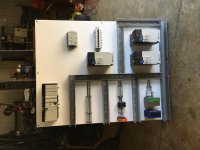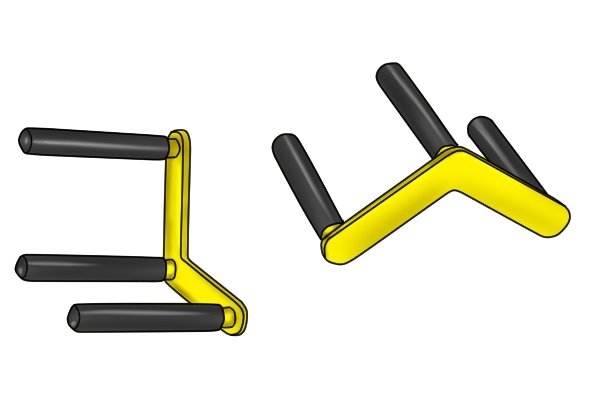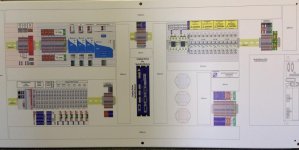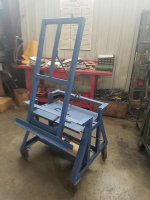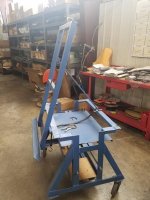I'm looking for some ideas toget inspired! I've been building a lot of control panels lately and I feel like in doing everything the hard way! I typically just set the sub panel on a bench and measure from point to point to get my wire ways and din rails in place (never square enough to my standards..) I usually stand the sub panel up to wire it..
I was thinking of building an adjustable frame out of square tubing and build a swivel mount to adjust my angle then lock it in place..
What is everyone's panel building routine or set up look like?
I was thinking of building an adjustable frame out of square tubing and build a swivel mount to adjust my angle then lock it in place..
What is everyone's panel building routine or set up look like?




